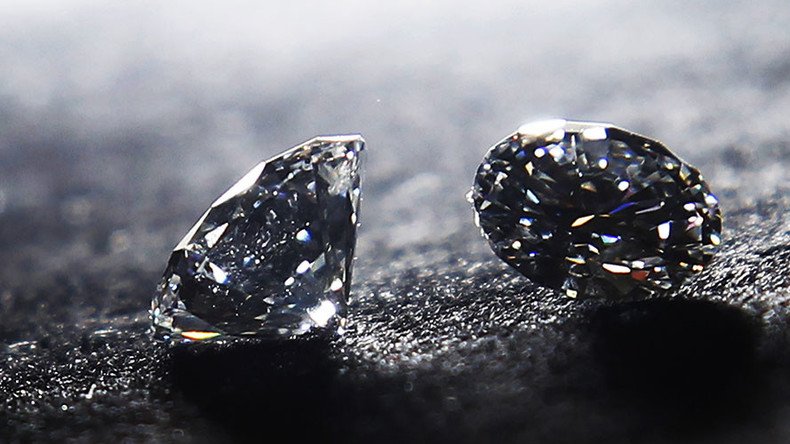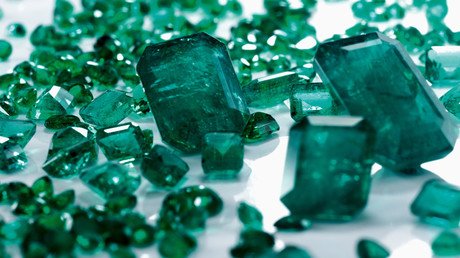Russia wants to challenge India's gemstone industry

Russian authorities want state-run diamond miner Alrosa to offer more advantageous terms to local gem cutters. The aim is to make Russian precious stones more competitive in a market dominated by cutters in India.
Alrosa will be required to sell 10 percent of its diamonds domestically, according to Deputy Finance Minister Alexey Moiseev, as quoted by Bloomberg.
The company would reportedly keep its market prices, but domestic cutters will get an opportunity not to buy the whole contracted volume but only choose individual stones, giving back the rest.
“Cooperation currently is rather limited, and it has to expand,” Moiseev said.
Alrosa, which is the world’s top diamond producer by output in carats, is currently focused on mining due to bigger profits, avoiding cutting and polishing mined stones.
Local cutters, including Russia’s largest Kristall Production, are buying gems from Alrosa at similar terms to foreign firms.
The proposed measure will reportedly make it easier for Russian polishing companies to compete with much larger cutters, like those in India. Indian manufacturers currently process nearly 90 percent of the world’s diamonds, employing around a million people.
According to Moiseev, the Russian government is considering softening excessive controls on the import and export of gems, as well as introducing regulations identifying the origin of diamonds to make the market more transparent.
“The ultimate goal is to get a person to be able to scan a code in the shop and find out where the stone comes from,” the deputy minister said.
#Russia's purest & most expensive diamond to go on sale in November https://t.co/5qsvSLSb9lpic.twitter.com/wqv9Z2EzH8
— RT (@RT_com) August 6, 2017
The industry still needs to spend more on marketing and promoting of its products due to steadily falling demand.
“Millennials understand what diamonds are and buy them. The question is if the next generation will,” Moiseev said.













